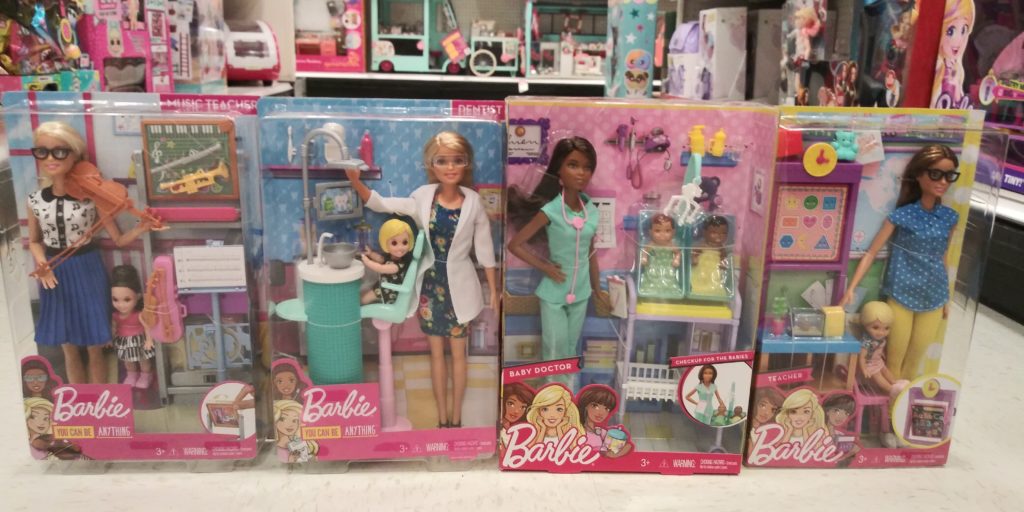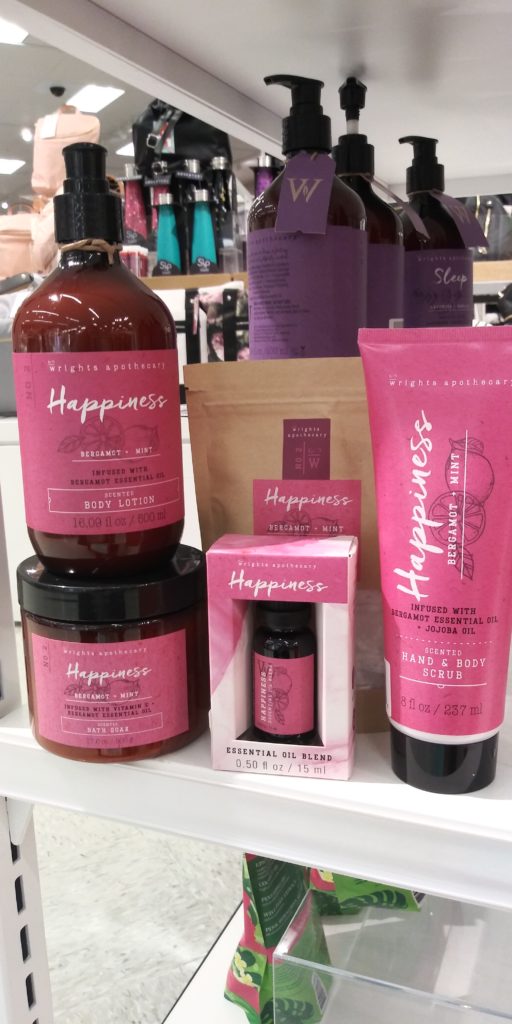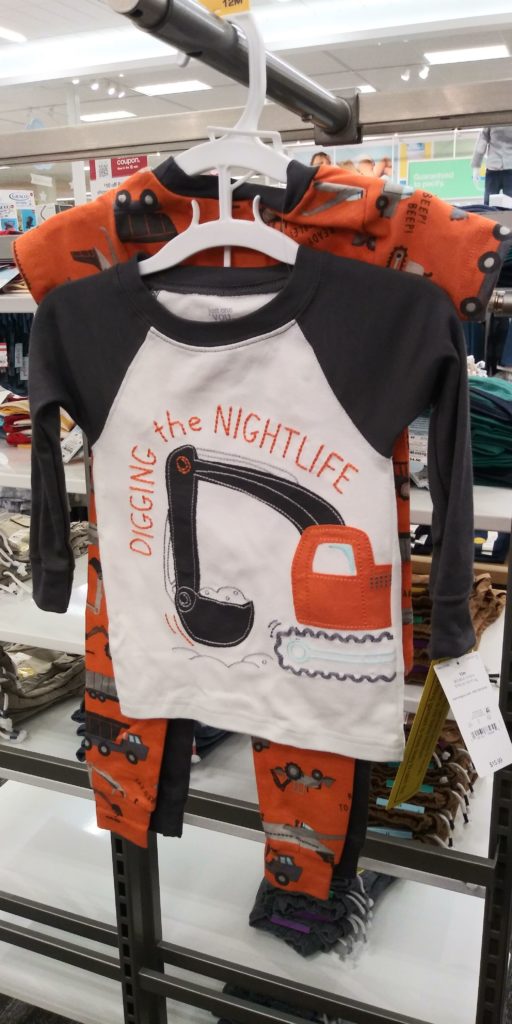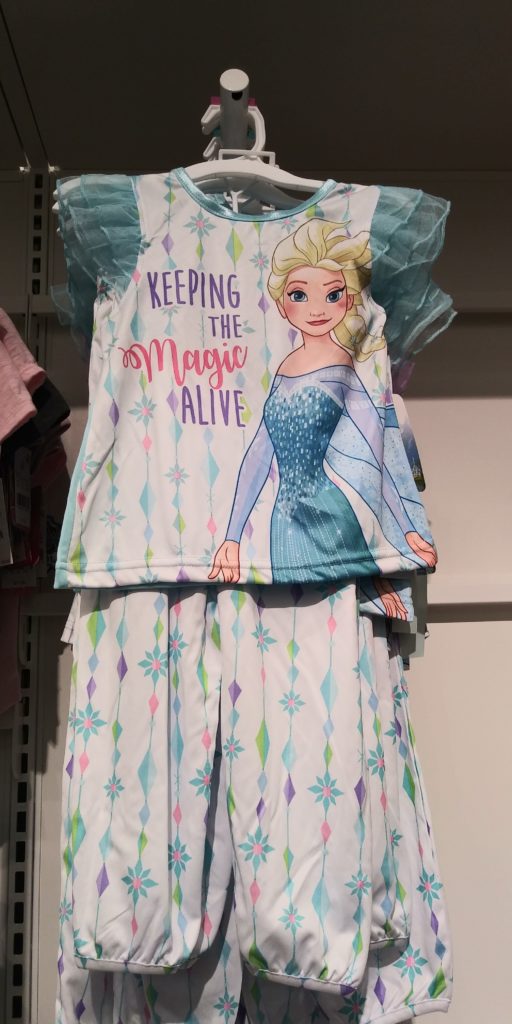Gender is a basic category of social life. It organizes and structures our social world and is a key component of social stratification. Through a sociological perspective, my photo blog post focuses on everyday objects such as: toys, clothing, and even cleansers, to show that “Stores Sell Gender Too”
A Gendered Barbie?

The “Barbie” doll is a toy that has been known for reproducing gendered stereotypes. From a sociological point of view, barbies have been “doing” gender even before most of us were born. Still, there are individuals who seek out barbies as a toy for their little girl to play with, without considering the consequences of what a toy like this one is teaching children. For example, these barbies displayed above all show occupations held by “women”. When you break each barbie down, of course they have their own unique characteristics, but at their core they all represent “femininity”. Ideally these so called, “toys” are merely just a way of socializing young girls into thinking there is a specific way for women to look, dress, act, and behave in the real world. From a barbies’ small physique, to the pretty pink colors, and even the gendered occupations each barbie possesses, young girls will forever be taught to reproduce gendered stereotypes simply by playing with a barbie…
Femininity At Its Finest!

Along the lines of pretty and pink, this photo dives deeper into femininity. At first glance, once you get over the shockingly bright color, the word “Happiness” becomes visible. I thought to myself why would stores advertise lotions, essential oils, and cleansers, with the word “Happiness” on it? Oh! I know! It’s supposed to appeal to women… Because women’s lives are so depressing and full of kayos, that we need to buy some pretty pink magical cleanser to improve our quality of life… This can not be further from the truth, but here we have it, cleansers are “doing” gender for us. This photo brings gendered stereotypes of women to a whole new level. Not only are women associated with the color pink and the desire for skin care, but women are tossed into this presumed category that say we need more “Happiness” in our lives? My only question here is: What about men?
Can Colors Define Us?

Swimming is an activity enjoyed by almost every child growing up. But who knew swimming could be gendered? From birth, it seems we are placed into categories that are defined by the colors “pink” and “blue”. These colors are not for our own benefit, but instead exist to help others identify what we are… a boy or a girl… This photo clearly shows “pink” is meant for girls and “blue” is meant for boys. Even the photo of the baby boy and girl advertising the swim suit shows us this! This conscious generalization of gender is more common than ever before in today’s day and age. I also want to point out that this notion of “color” that places children into gender categories, makes it harder for those parents or children who want to go beyond the “binary”. In fact, for those existing outside the binary, it is almost impossible to fit in because of these gendered aspects…
How To Be A Hardworking Man At The Young Age Of… A Baby?

Are Princesses Heroes Too?

Your photo essay is very good. It reminded me of how color really divides gender. Every time I go into a store, I can tell the gendered difference just by observing the colors on an object.
Your photo essay included so many aspects of what I think about when entering a store. I see the different sections for boys and girls and all of the different styles of clothing, the toys for just girls and just boys, and I think about my sociology classes a lot. Gendering toys and clothing has been happening for such a long time, but I still don’t understand why certain colors and certain sayings should only be for girls or only be for boys.
Your photo essay made me think of intersexed children. Our society categorizes us a boy or girl before we are even born, so what does that mean for those children that have both girl and boy sex organs. I can only imagine the stress and anxiety this can put on intersex parents who want to shop for their child who is not fully a male, or fully a female. What should they buy?
This forces us to categorize those who don’t fully fit in our societal boxes. I think we need to demand more gender neutral clothing for the minority population.